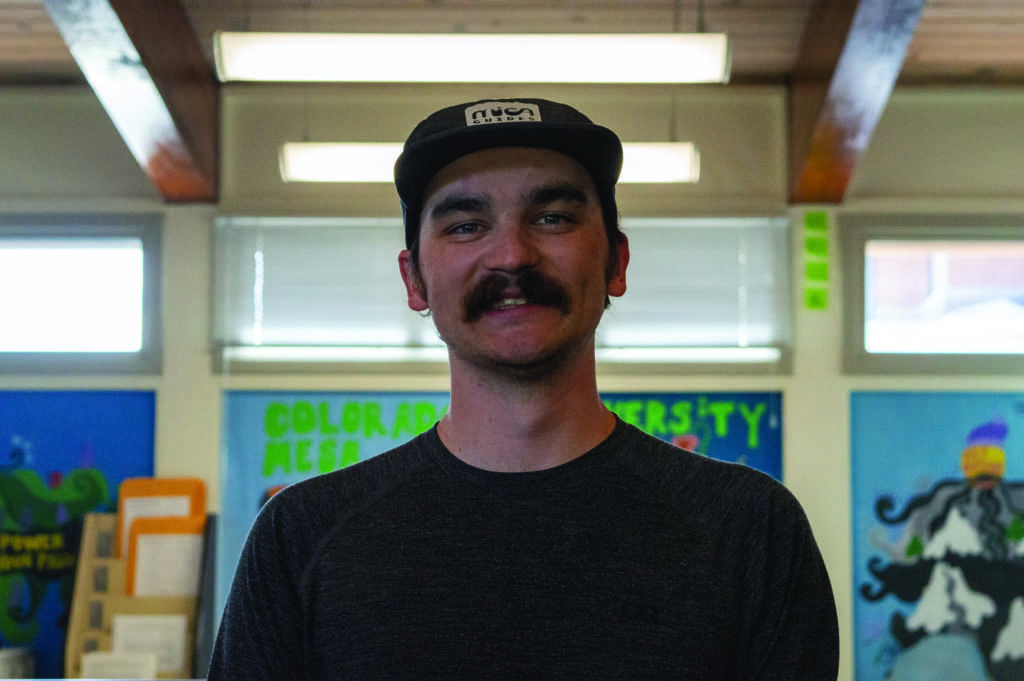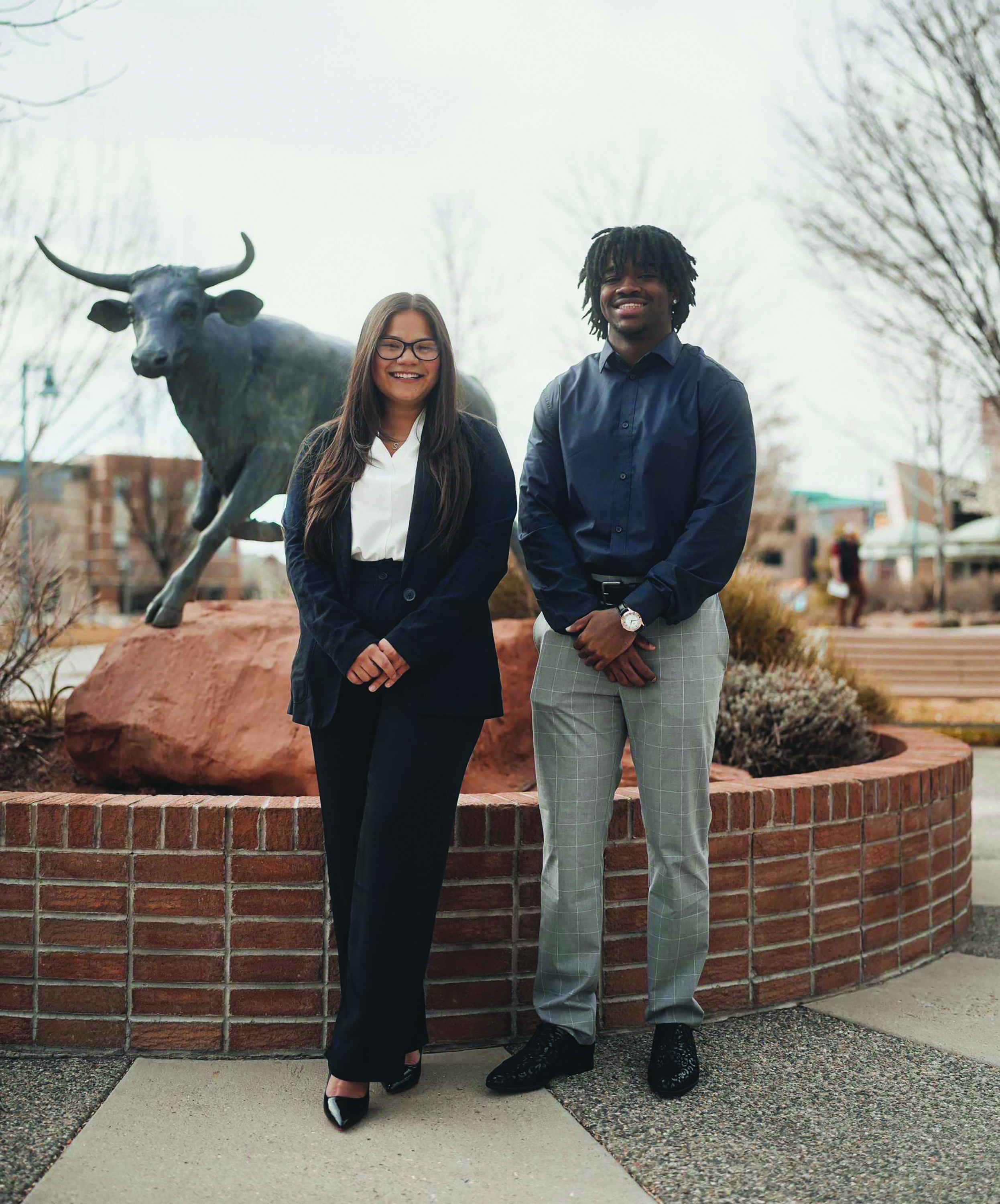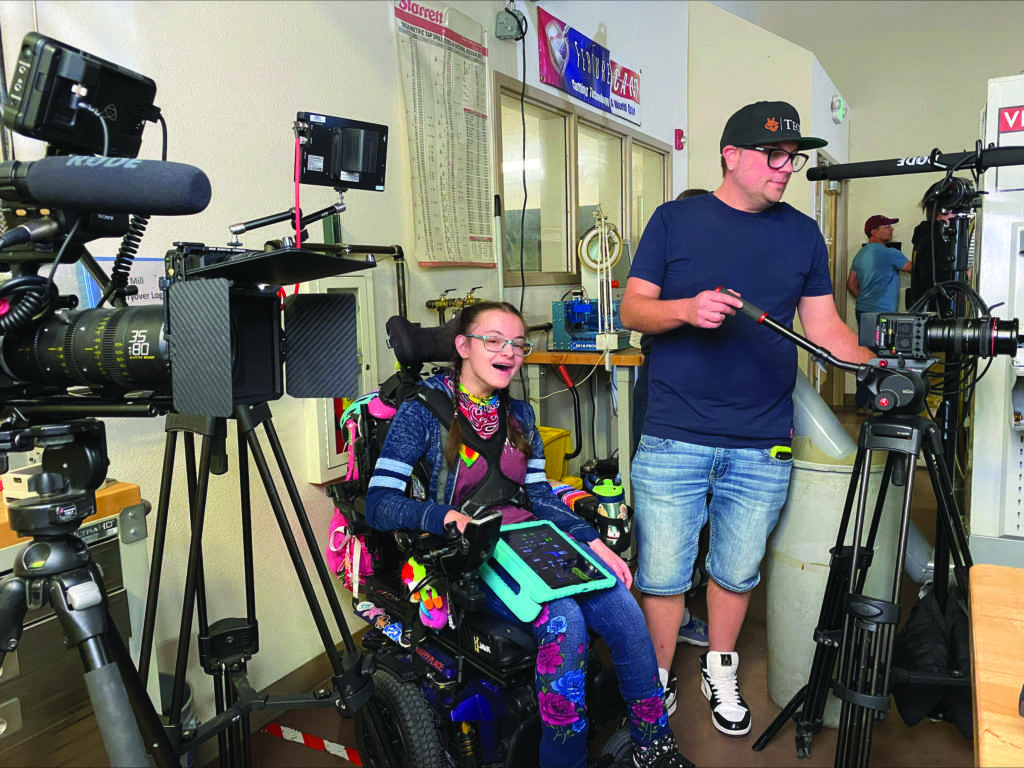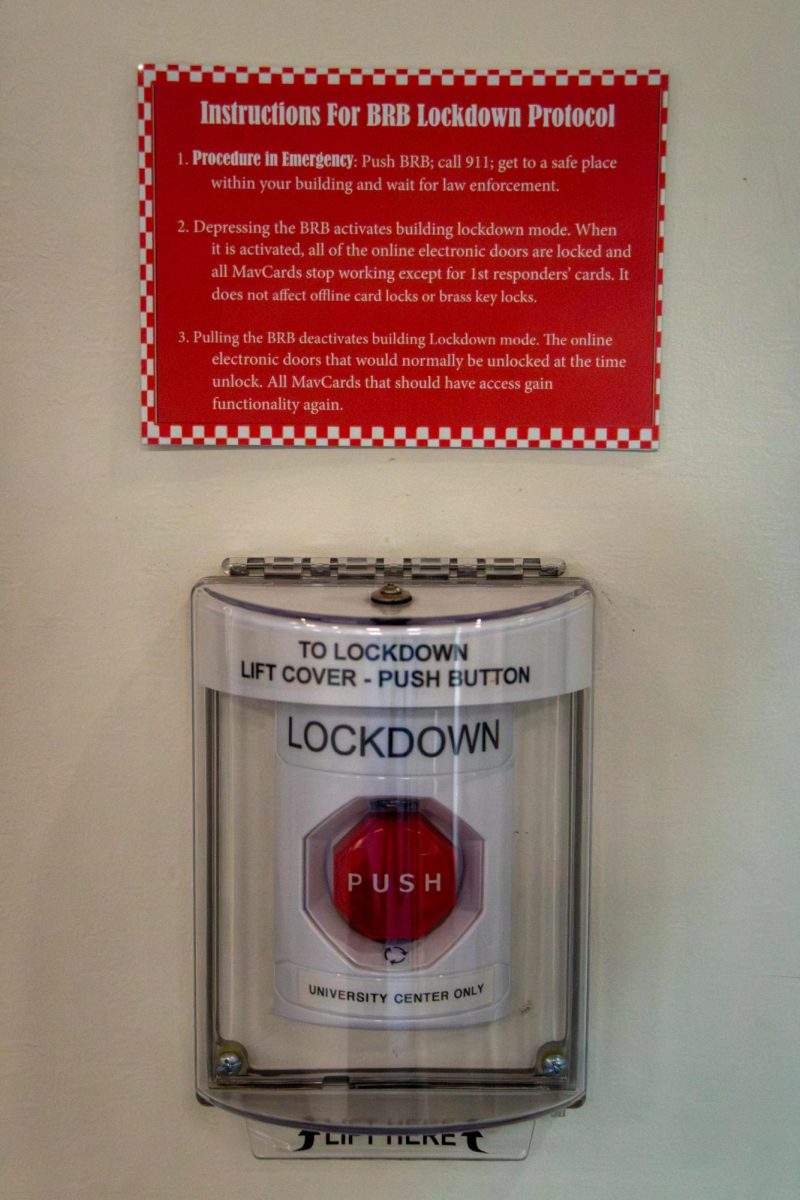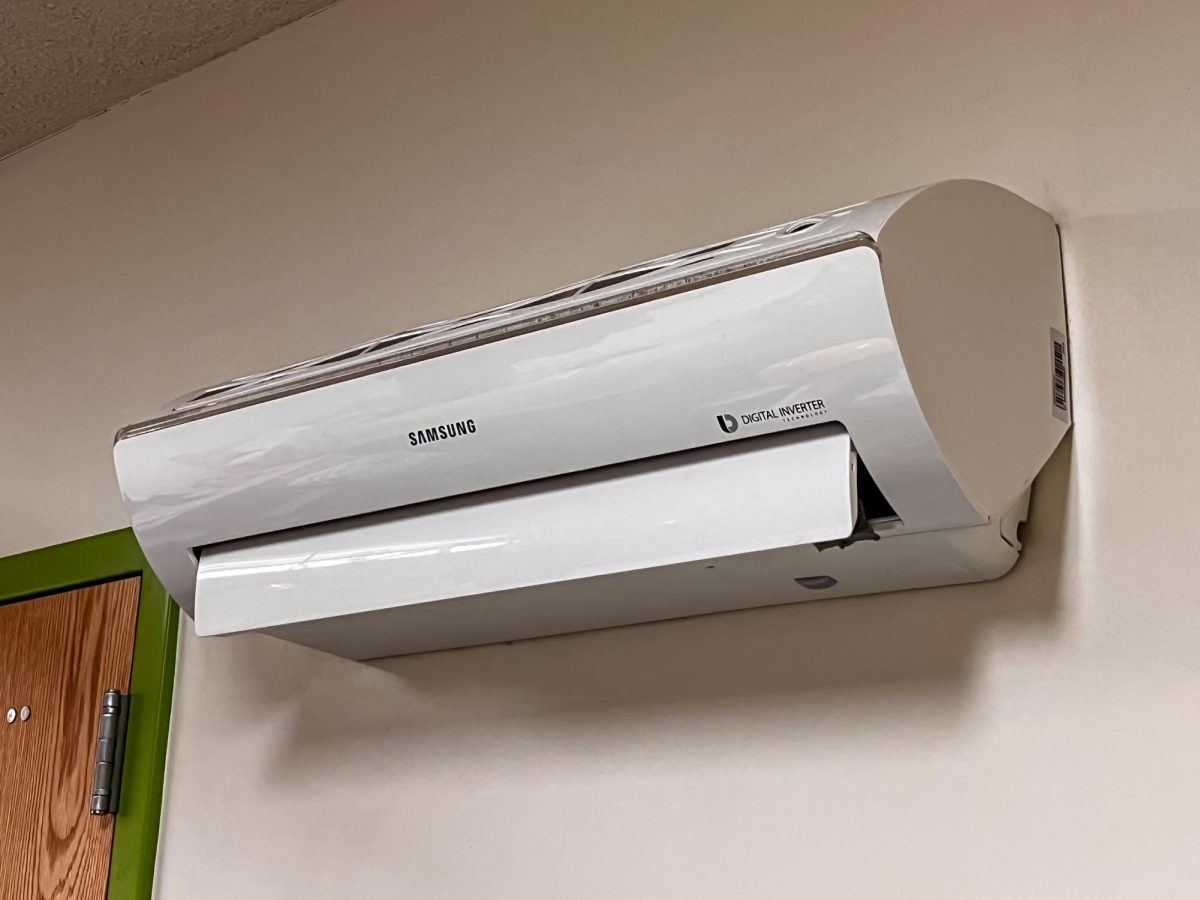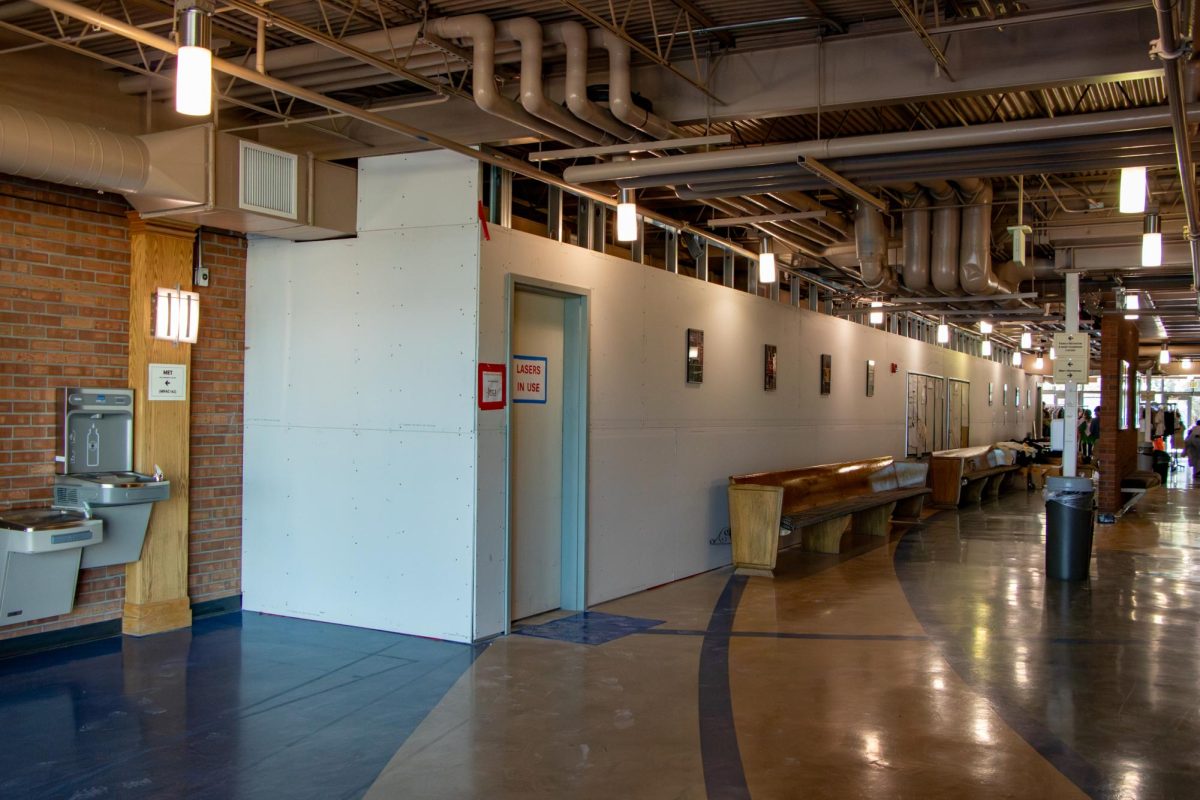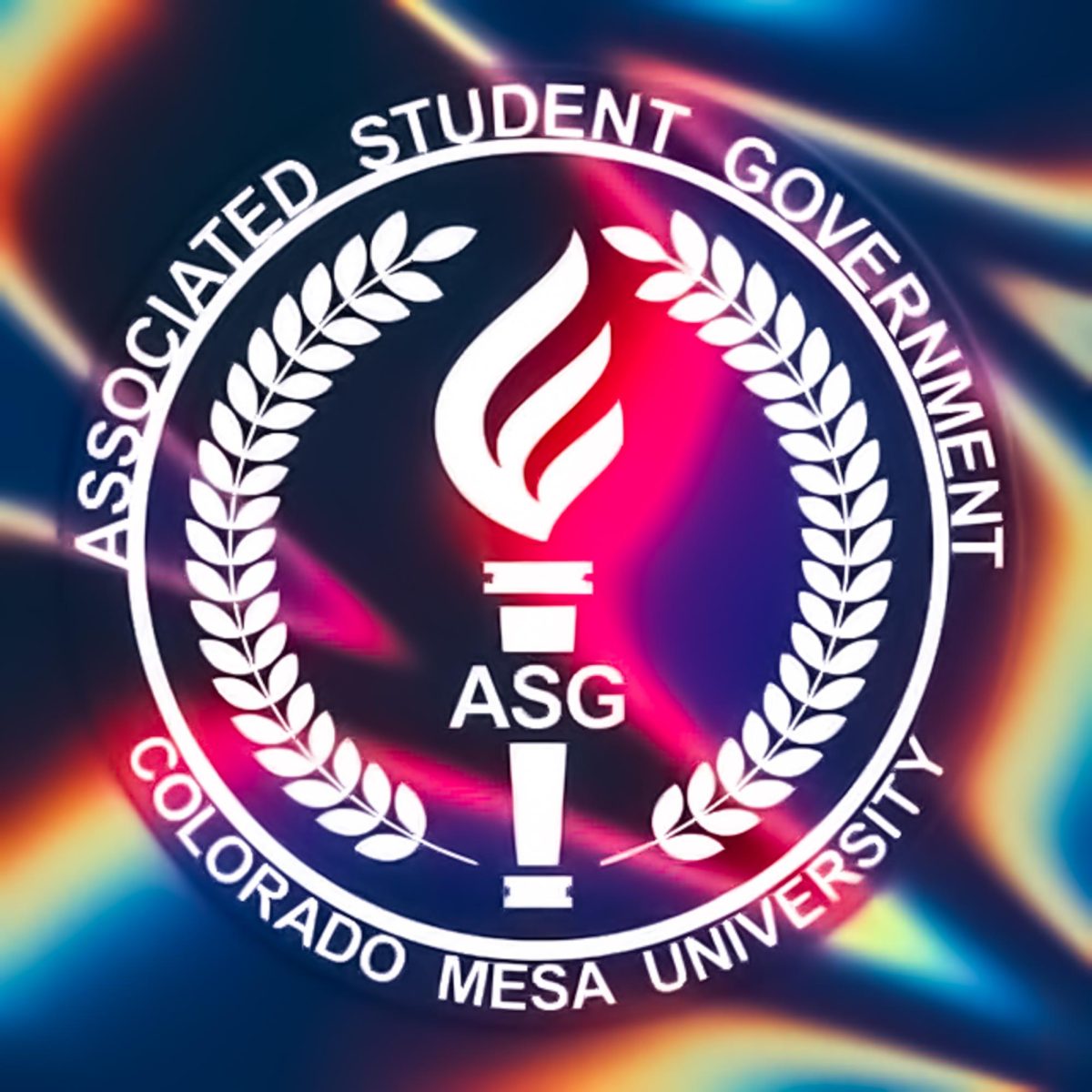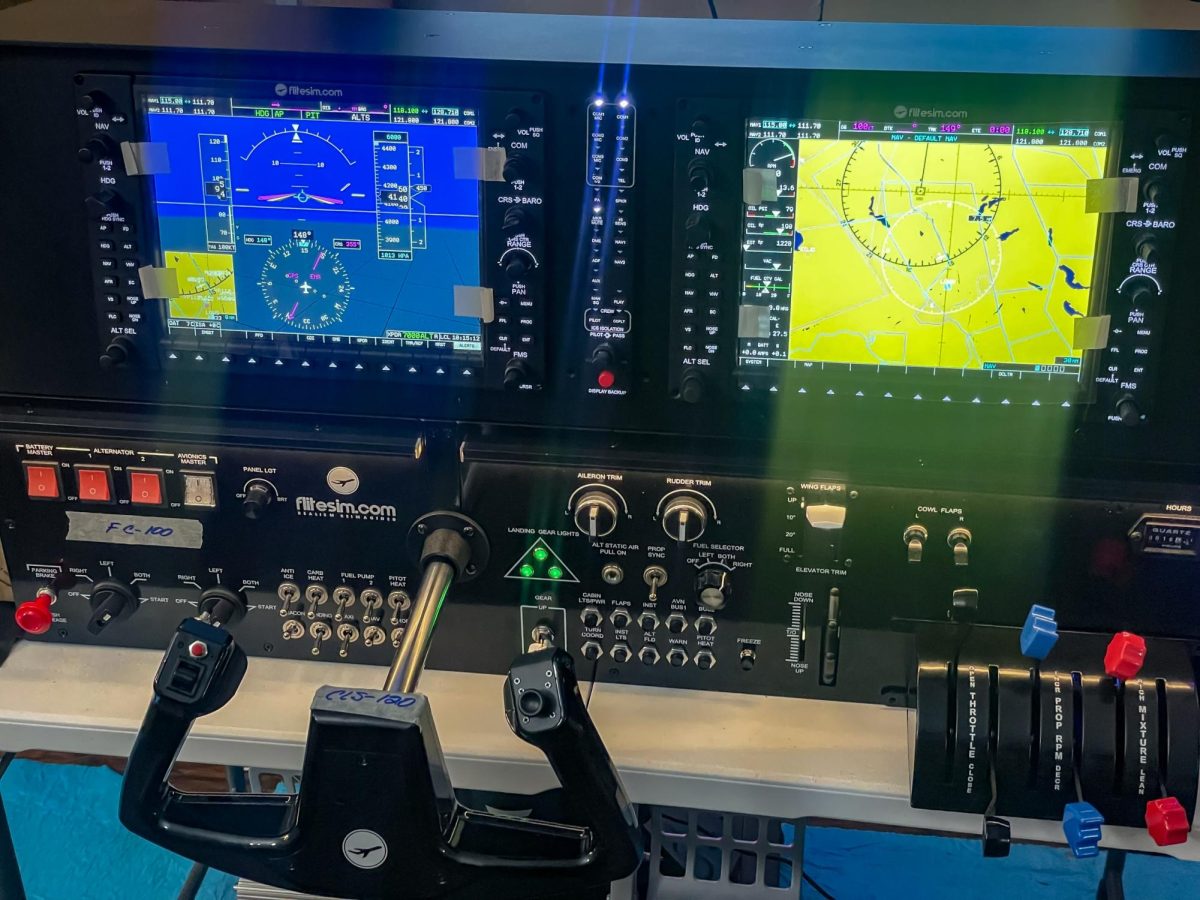Over the last decade Colorado Mesa University “has made significant investments in upgrading technology and connectivity to benefit students and learning,” according to CMU Director of Public Relations David Ludlam.
According to Ludlam, the CMU app does not engage in tracking students; however, CMU does collect data from MAVcard swiping. By using MAVcards to access the CMU network, to use facilities or services, that leaves behind data. “This data has always been collected just by way of people being on the CMU network or entering an event,” Ludlam said.
[media-credit id=89 align=”alignleft” width=”300″] [/media-credit]
[/media-credit]
When that data is “aggregated across time and numerous people, [it] provides trends that help optimize facilitates and services. For example, let’s say there are study rooms on the 3rd floor of the library that are rarely used and reflect little wifi use by students. This data might signal to the University that there is a better use for that space,” Ludlam said.
According to Ludlam this is also used to help students succeed at CMU. “Suppose a student’s device is highly active on campus and the network. Say this student swipes their card every day at the cafeteria, attends a basketball game, checks in at the library and then retires to the dorms. And let’s say they have this digital pattern all semester. Then, one day, they stop participating or their activity slows dramatically or has zero activity on the network. In this scenario the network in the future might be able to alert CMU residence life team that something might be wrong,” Ludlam said.
“Say a student checks in every day for engineering classes in Confluence hall. Then, weeks go by without scanning in during class at all. There could be many reasons for this, but the abrupt departure might help success coaches reach out to make sure things are ok,” Ludlam said. It can be used to help students who are dealing with mental health issues, financial stress, who have given up academically, etc., and act as a tool to help them get back on track.
CMU tracks attendance and use of facilities and services, but not their whereabouts or movements outside of that. “The data acquired by our network through digital activity or other access systems is used in the aggregate to identify trends and optimize campus resources and facilities or help students,” Ludlam said.






